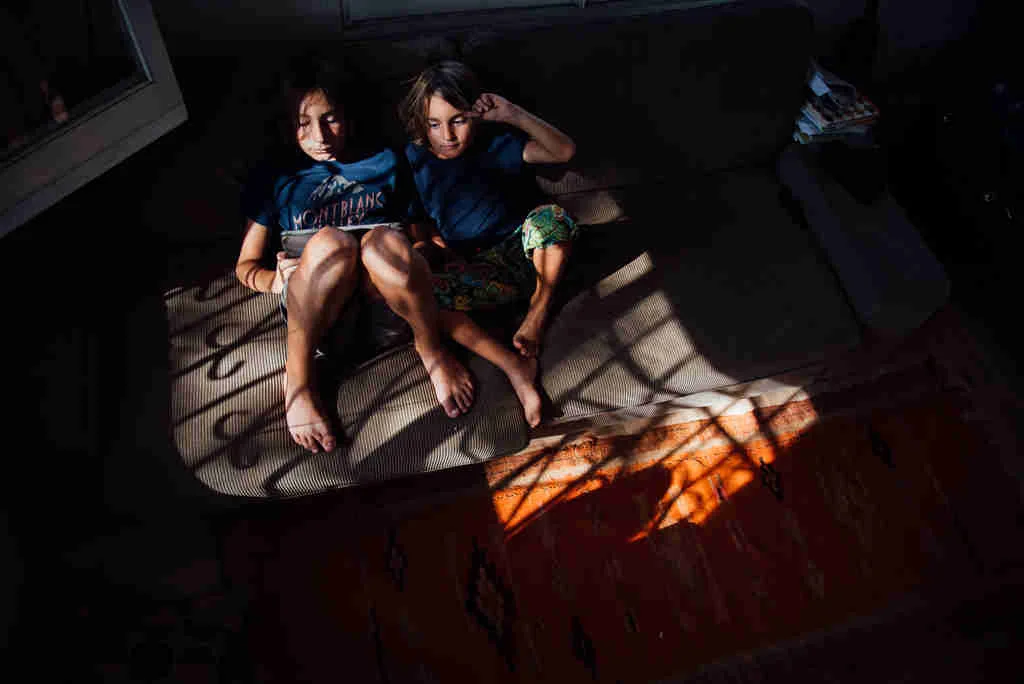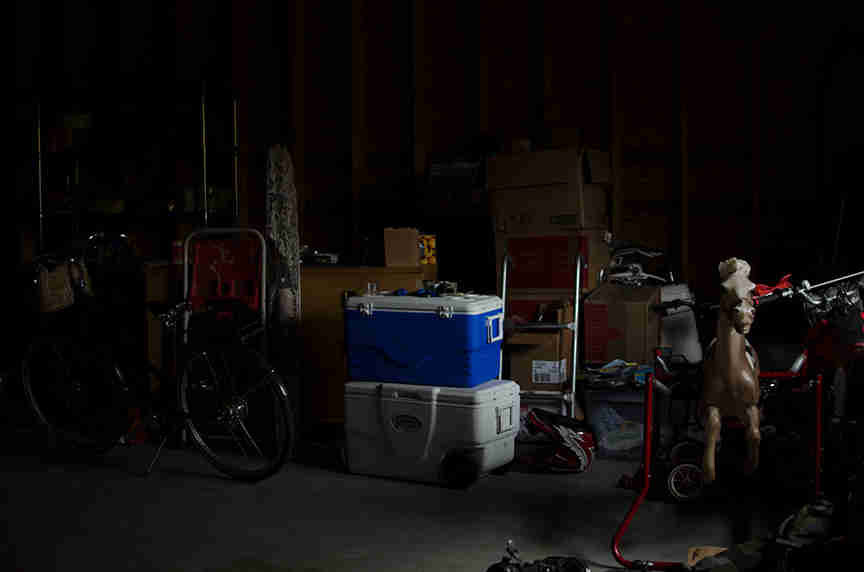There is a popular saying, “A picture paints a thousand words.” Isn’t this why so many people take photographs? We need these mementos to help us remember the past. Because without them we forget. But the truth is even with them we forget. This is because our brains aren’t capable of retrieving all the specifics that make up actual stories. With the passing of time the story lines become twisted. If the who, what, when, where, and why never get answered, what becomes of the story? The answers can only come from those who lived the stories. And if these answers never get recorded, the photograph is merely a piece of paper with some people’s images printed in ink. It is through the narratives that we attach to these pictures that our stories live on long after we are gone.
In The Family Historian, I challenge my students to search their souls for what is most sacred to them and therefore must be preserved. I encourage them to let down their guards and document their families with honesty.
During the first week of class, I show the students how to capture what matters most in their family stories while using creative light and composition. I believe that you can document your everyday authentically and artistically.
Image by Francesca Russell
Image by Kristin Wahls
Image by Sonja Stich
In order to leave behind a rich, authentic family history, I encourage the students to capture not only the good but also the bad. I was so proud of all of the students who allowed themselves to be vulnerable. They embraced the mess and chaos of raising children and captured it not only accurately but also beautifully.
Image by Kellie Pribbernow
Image by Amanda Woollends
A major goal of mine when teaching this workshop is to not only embolden students to step into the frame with their families, but also to write themselves into the story by photographing themselves in real everyday moments with their children. I want them to take self-portraits that show connection. These photos might one day be all that our children have of us. Shouldn’t they show them who we really were and how intensely we loved them?
Image by Renee Jansen
Image by Jessica Gyoda
The final assignment required the students to put everything they learned about light, composition, authenticity, and writing narratives together to document an important part of their family history. This is when all those important questions get answered. The narratives connect the dots. They bolster the photographs. Together they tell the stories that make up a family legacy.
Perhaps there should be a new saying, “A picture inspires a thousand words.”
“Look at you, Honeybear. Holes in the knees of pants that have suddenly become an inch too short. You look at me and whisper, "I'm so tired", and boy do I believe you. Growing makes us ache. You have started asking to hold my hand on our morning outings while baby sleeps. You hand is still so tiny and soft and warm and it makes me remember when it was just you and me, Daddy too of course but mostly just us wandering the days away. I miss that time with you. When I was the witness of every wonder you had for the world. When I didn't have to share you. When you didn't have to share me.”
Image and words by Kendra Knaggs
“Just another ordinary day. Up at the crack of dawn, eating your favorite breakfast-- peanut butter roll-ups (today they are in the "taco" shape) and b-meanas. You've called them b-meanas for as long as I can remember. My heart will be sad the day that they become, 'bananas'. Grace, you are flipping through a year's worth of pictures on your digital camera-- the camera that we bought you for your third birthday. You are getting more and more excited with each picture you find. I love flipping through your camera and seeing through your eyes. There are so many pictures of me. I once read somewhere that we photograph what we fear losing. Mine is you. I'm glad yours is me. Eloise, you were so mad at me this morning because I moved your chair. The two of you usually sit on the end of the table so that you aren't touching, but today your mama needed to play with the light. You keep asking Grace to show you the pictures, she does, and then takes a picture of the two of you together. I hope you are always together, side by side, thick as thieves.”
Image and words by Jennifer Vidonish
“It has been approximately two-thousand-seven-hundred and 1 days (give or take a handful) since I have slept through the night. Pregnancy nights were filled with endless trips to the bathroom to pee, hip pain, hunger then nausea and inability to turn myself over without Dad’s gentle push to help my aching body. Newborn to 18 month nights were filled with round the clock feedings, blistered and bleeding nipples, the dreaded light-blanket at home jaundice care, kids up screaming just for no reason, and an anxious mind that questioned everything. Then until now nights have been filled with need for water, bedhead in the shadows and sleep filled eyes looking for a body to wrap yourselves around, labored breathing from the croup or plain old wakefulness.
When I first got pregnant, I think a million people said to me, “Oh night time is my favorite. Enjoy it while you can. They won’t be little forever. This time goes by too fast.” Each time it was said to me I wanted to punch them in the face.
But two-thousand-seven-hundred and 1 days (give or take a handful) later, I can see a glimmer of beauty in the night time work. There are faint shadows of moments moving through my mind of the joy instead of the pain. Hands on my tummy feeling you move, the warmth of your breath on my neck and the pressure of your tiny fingers wrapped around mine, the relief that comes over your body when I carry you back to bed after a bad dream, the sound of your sweet voice saying, “I love you too, mom.” Time can indeed heal and the gift of those memories is this kind of closeness with you.”
Image and words by Rachel Wheeler
Over the course of two weeks, I quickly became enamored with the beautiful voices who came together to share their stories, their hopes and fears, and their hearts. I look forward to keeping in touch with these students and hopefully getting peeks from time to time at the lovely stories that they are writing for themselves and those they love most.
XO,
Heather Robinson | Instructor of The Family Historian










